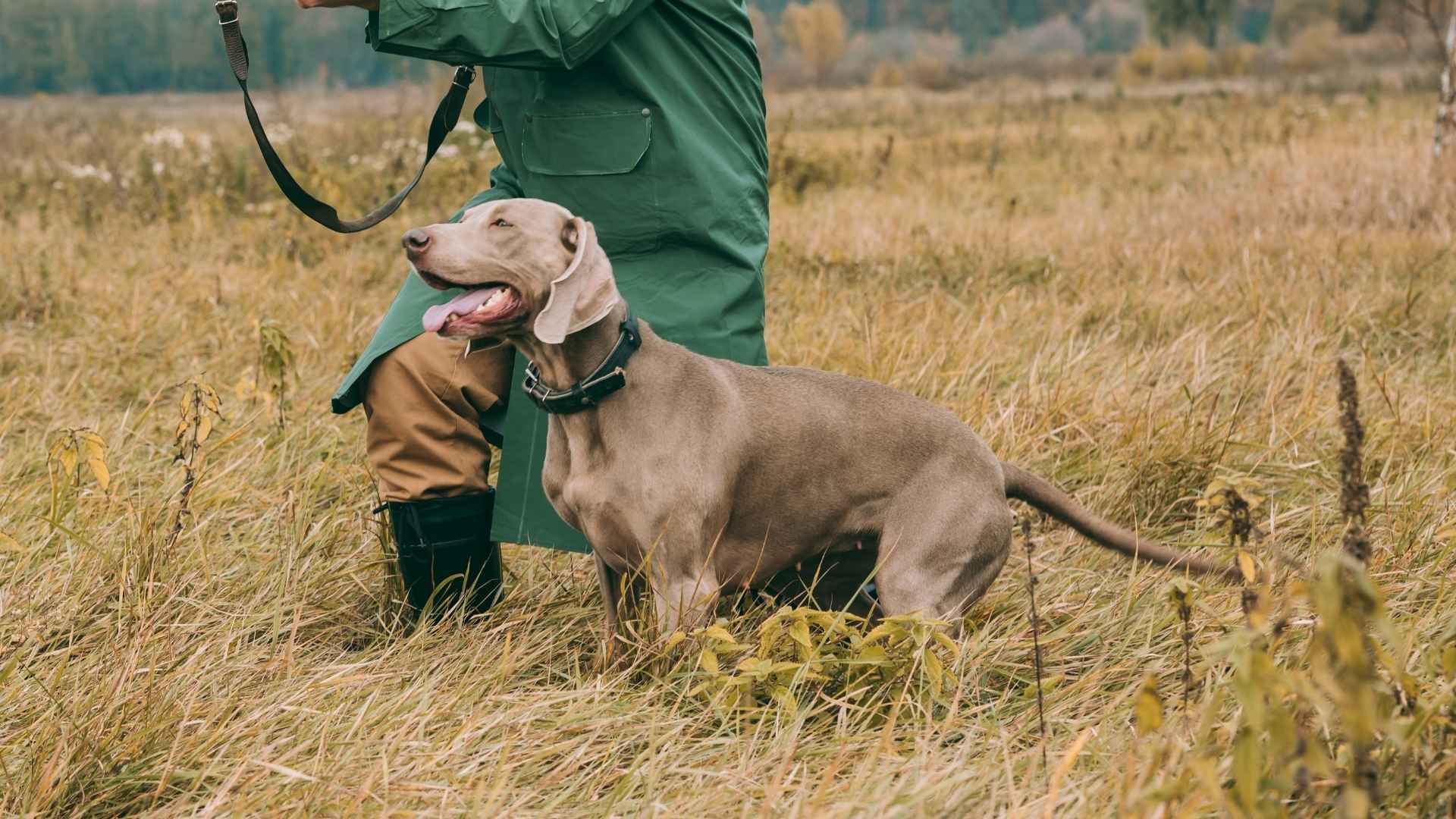Imagine you are on a hunt, crouched in the grass, watching the fields through your scope. The silence feels perfect until your hunting dog suddenly stiffens beside you. His ears perked up, back raised slightly, and he gives you a look that says “something’s not right”.
That look might have just saved your life.
When a bear lumbers through your hunting ground or coyotes attack your position, you need more than sharp eyes and steady aim. You need a hunting dog breed that senses the danger before it’s too late. These hunting dog breeds go beyond finding birds or deer hunting; they become your early warning system when predators get too close for comfort.
For this very reason, we have handpicked seven hunting dog breeds known for their alert behavior and keen awareness. Each one brings unique strengths to keep you safe while you hunt. They bark when they should, stay quiet when they must, and always keep you informed about what’s happening around you.
Dog Breeds That Warn Hunters of Predators
The best breed of hunting dog has the instincts coupled with trainable intelligence. Unlike domestic dogs, these seven hunting breeds always demonstrate the most important qualities: a good sense of smell, good eyesight, clear communication, and the ability to stand between you and danger.
1. Labrador Retriever
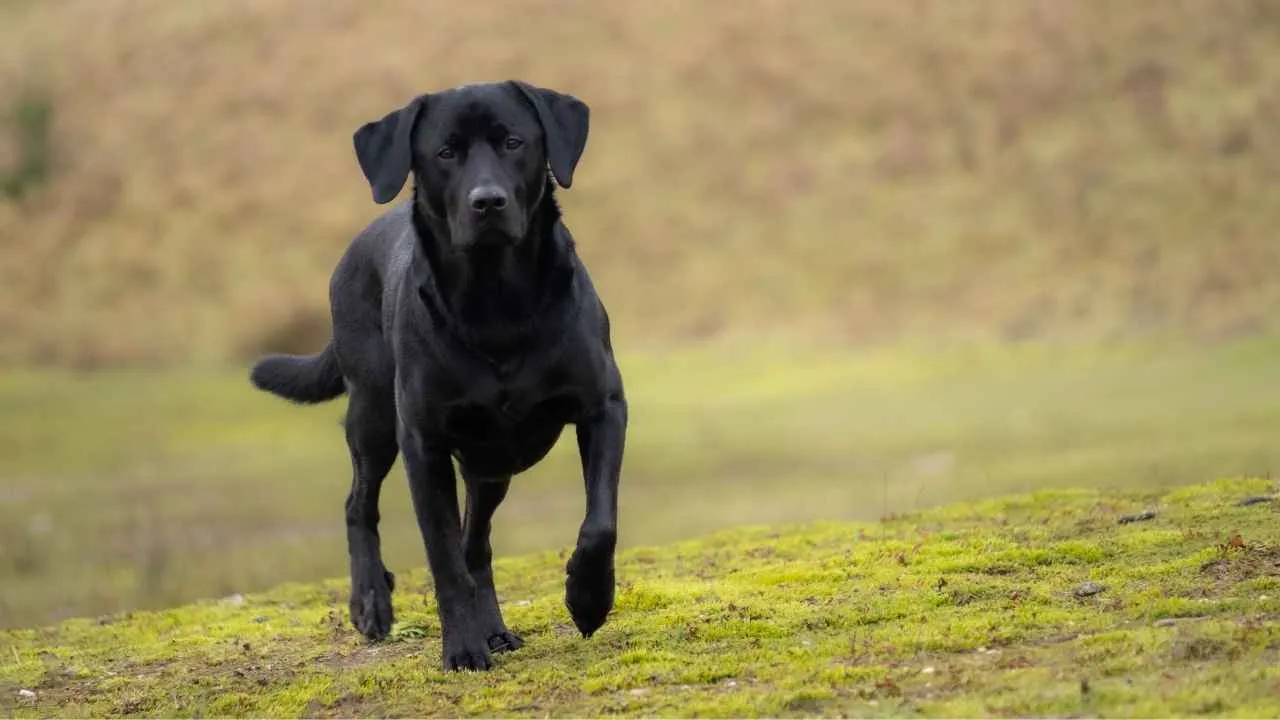
One of the most beloved family dog doubles as your most reliable field partner. Labs read your body language like a book and respond to situations with remarkable intelligence.
Their even-tempered nature doesn’t make them pushovers; rather, it makes them excellent judges of when something feels wrong.
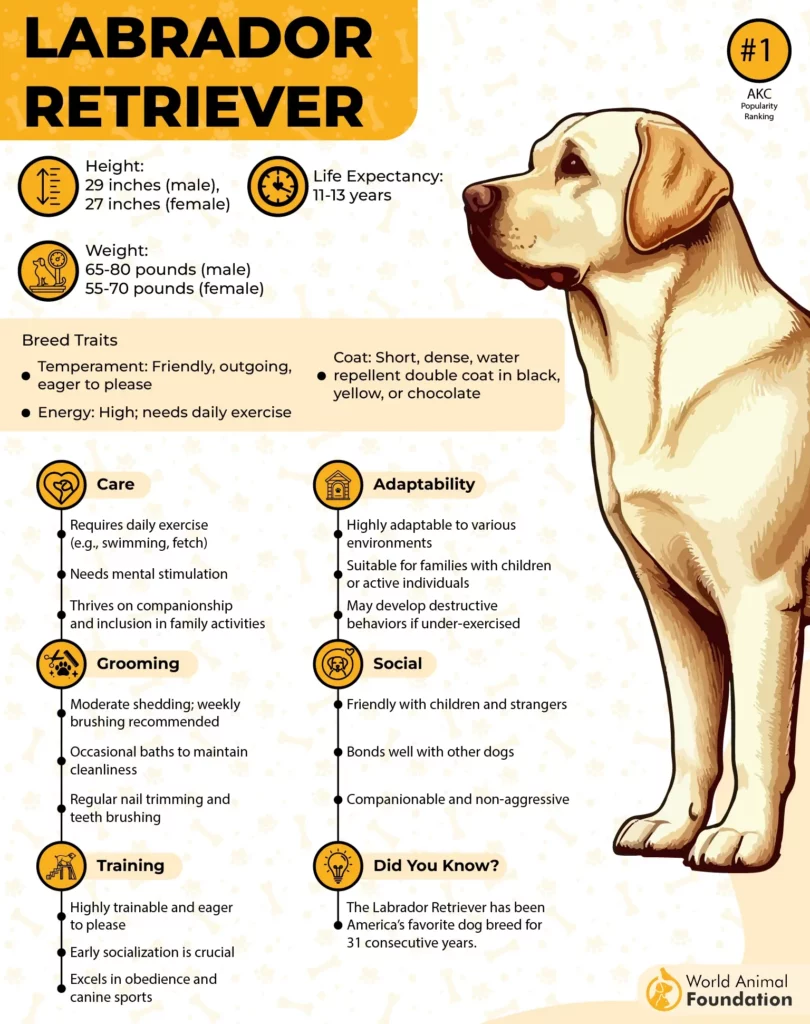
If you watch how a Lab behaves around threats, you’ll understand why we have put them in the first spot.
They will break their focus, stiffen their posture, or deliver sharp warning barks when large predators shadow your position. This happens most often in duck marshes or timber edges where visibility drops and danger lurks.
These dogs handle brutal conditions without complaint. Cold water, thick brush, and long waiting periods don’t faze them. While you can not count on a Lab’s bite force in a real confrontation, their confidence often deters other animals from getting closer.
2. Brittany
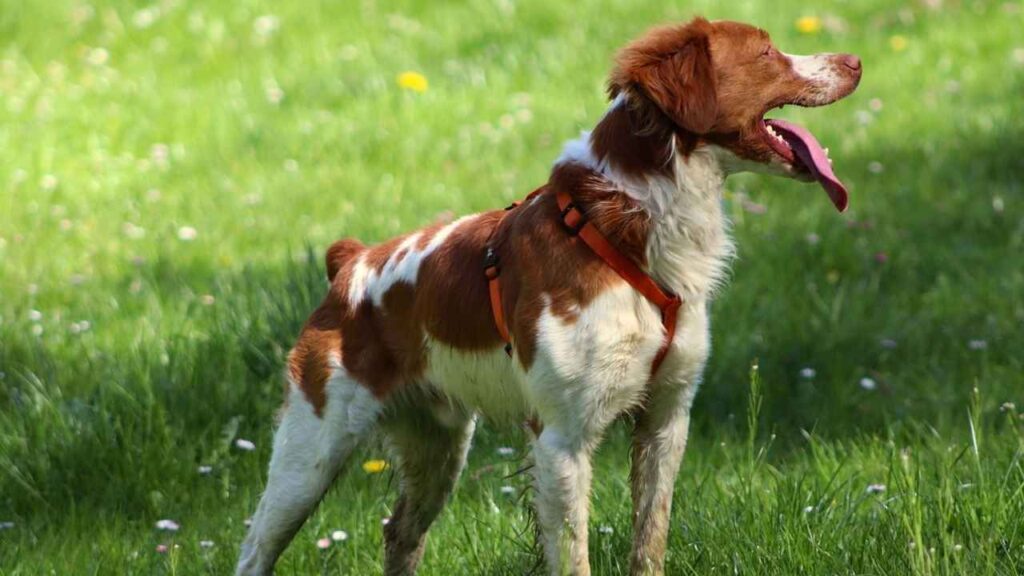
According to Purina, these energetic dogs bring incredible sensitivity as bird dogs. Brittany’s point and flush with precision, reading wind currents and bird behavior like experts. Their compact size belies their hunting prowess and environmental awareness.
Brittanys excel as natural alarm systems, making them perfect for bird hunting. Their vocal nature means they bark at anything unusual entering their territory.
This alertness extends to predators, making them reliable early warning companions. They pick up environmental changes that signal other predators’ approach.
Their tendency to vocalize often works in your favor. When a Brittany goes quiet after being chatty, something significant has caught their attention.
3. American Foxhound
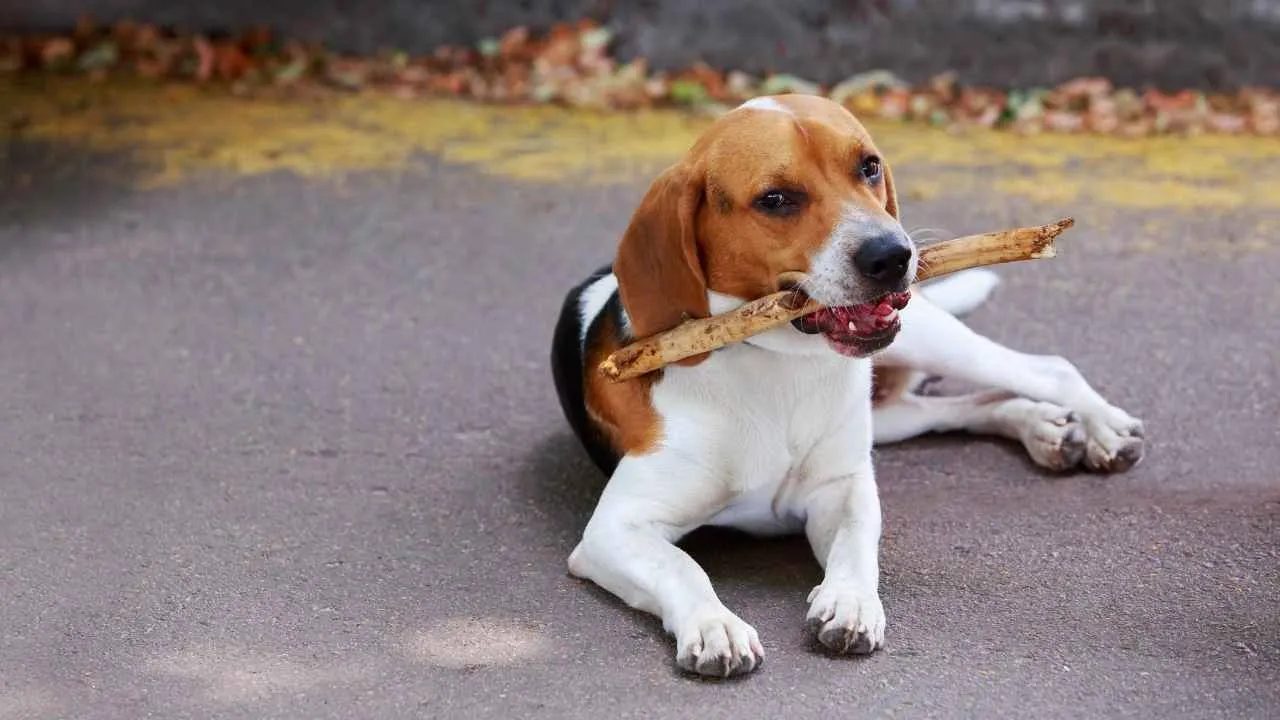
The American Foxhound is bred for endurance and has a strong voice, as the American Kennel Club (AKC) puts it, a purebred hunting dog. These are the hounds which follow foxes and deer with such implacable persistence, and whose characteristic bay is heard in the forest miles away.
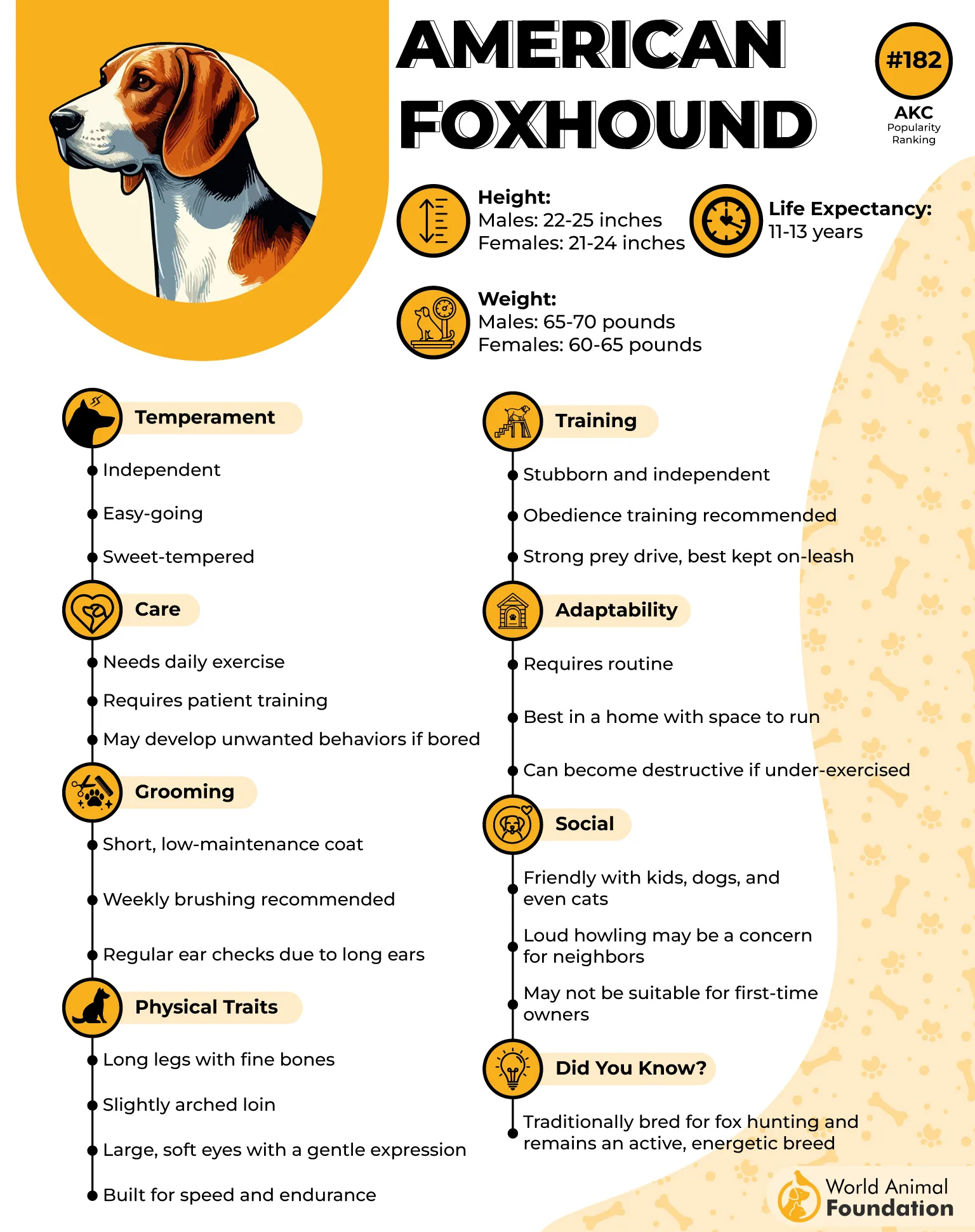
Their primary strength is tracking game with stamina and vocal communication. Their keen noses and loud baying naturally alert hunters to the presence of distant animals.
While they usually bay when trailing game, changes in tone ot intensity often signal predators like coyotes nearby. Their awareness and volume contribute significantly to hunter safety.
The American Foxhound has a strong prey drive, making them difficult to manage. With proper training, these dogs can become one of the best hunting dog breeds.
4. Mountain Cur

Mountain Curs embody ruggedness and courage despite being medium to large-sized dogs. Developed in southeastern mountains, these dogs hunted wild boar and bears while protecting homesteads. They face danger head-on rather than backing down, making them formidable hunting partners.

Their primary strength is hunting large game and property protection. Among all the listed breeds, these hunting dogs provide the most direct warning of predators.
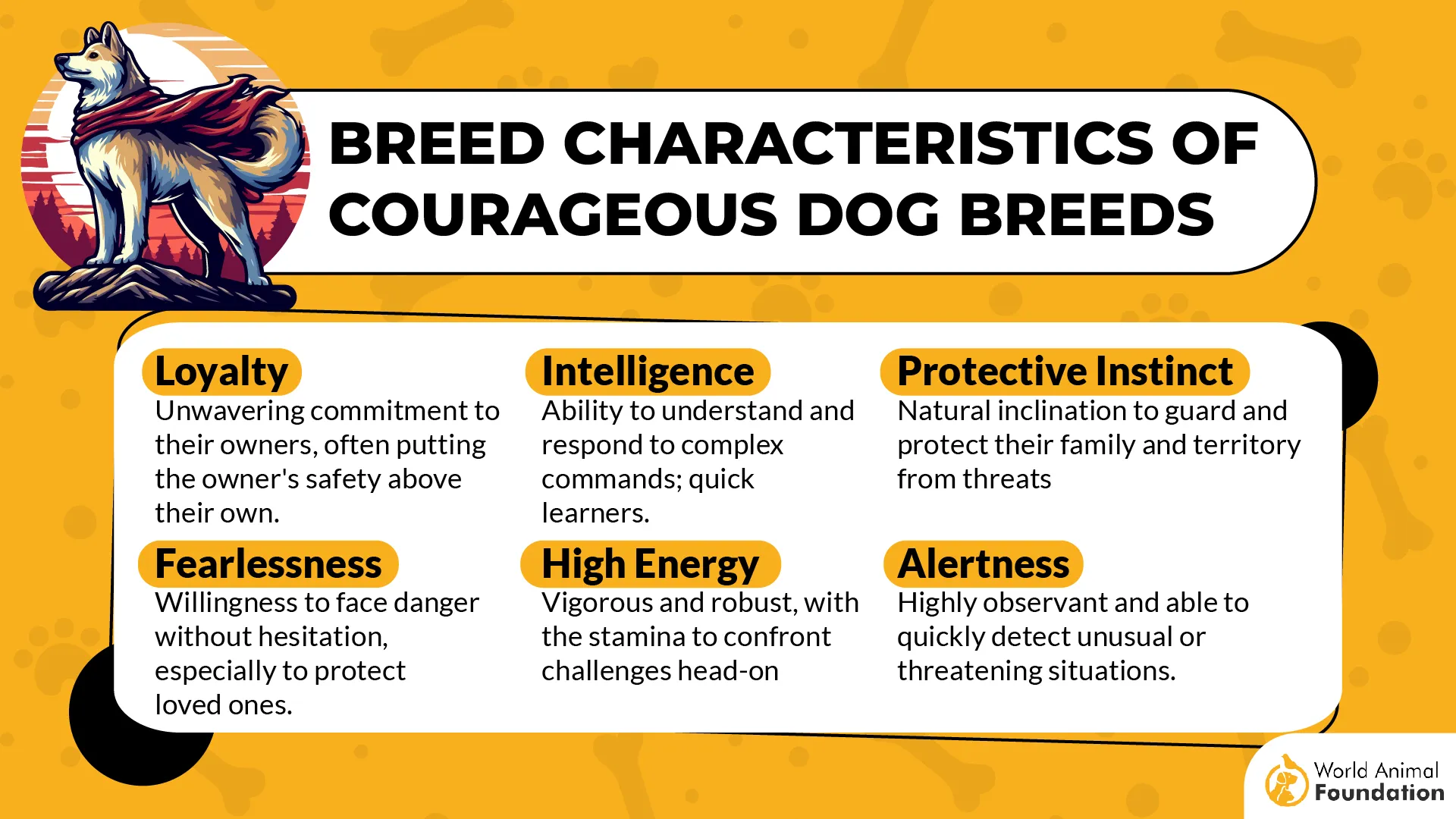
These dogs actively confront dangerous animals and pursue prey, often treeing bears or holding wild boars at bay. Their alerts come through aggressive barking, growling, or protective body language.
There are countless stories of these breeds saving hunters by confronting predators. Their warning signals leave no doubt about nearby predators. So when a Cur sounds alarm, take it seriously.
5. Boykin Spaniel
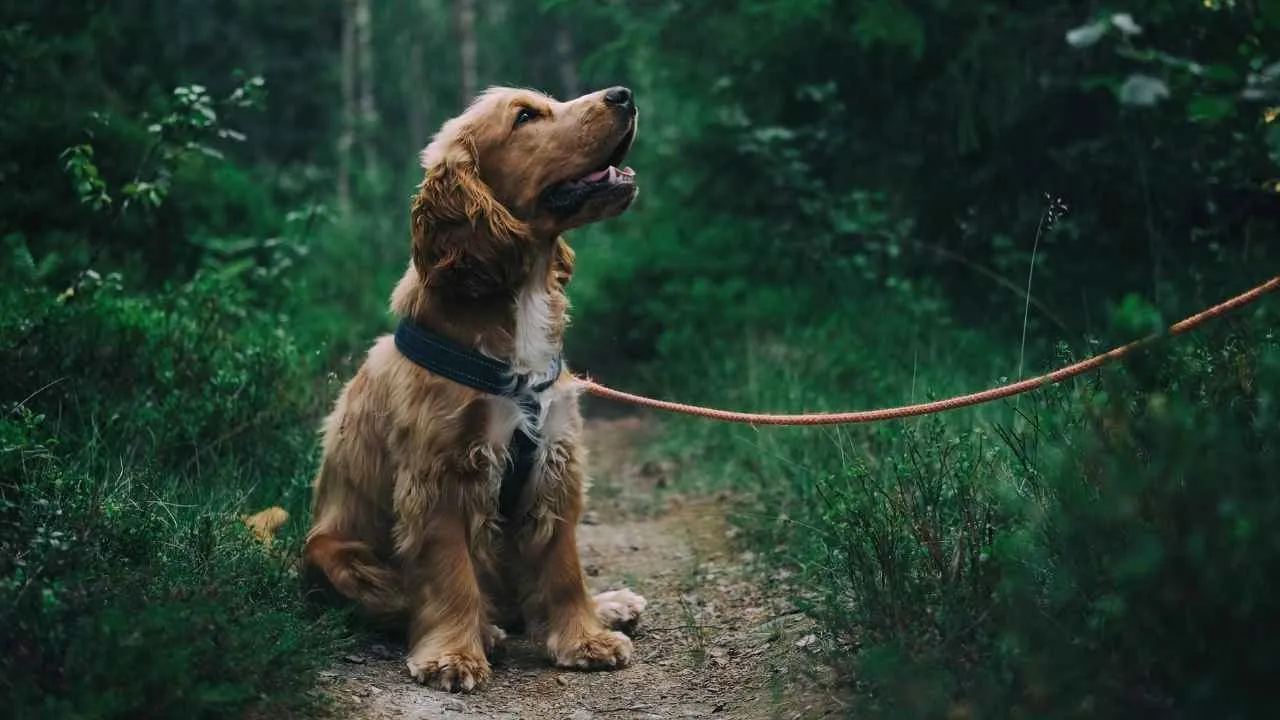
South Carolina swamps molded these into one of the best medium-sized dogs for small prey hunters, including waterfowl and turkey. Boykins are loving companions with a powerful retrieving instinct and are ideal hunting dogs for close and dense cover.
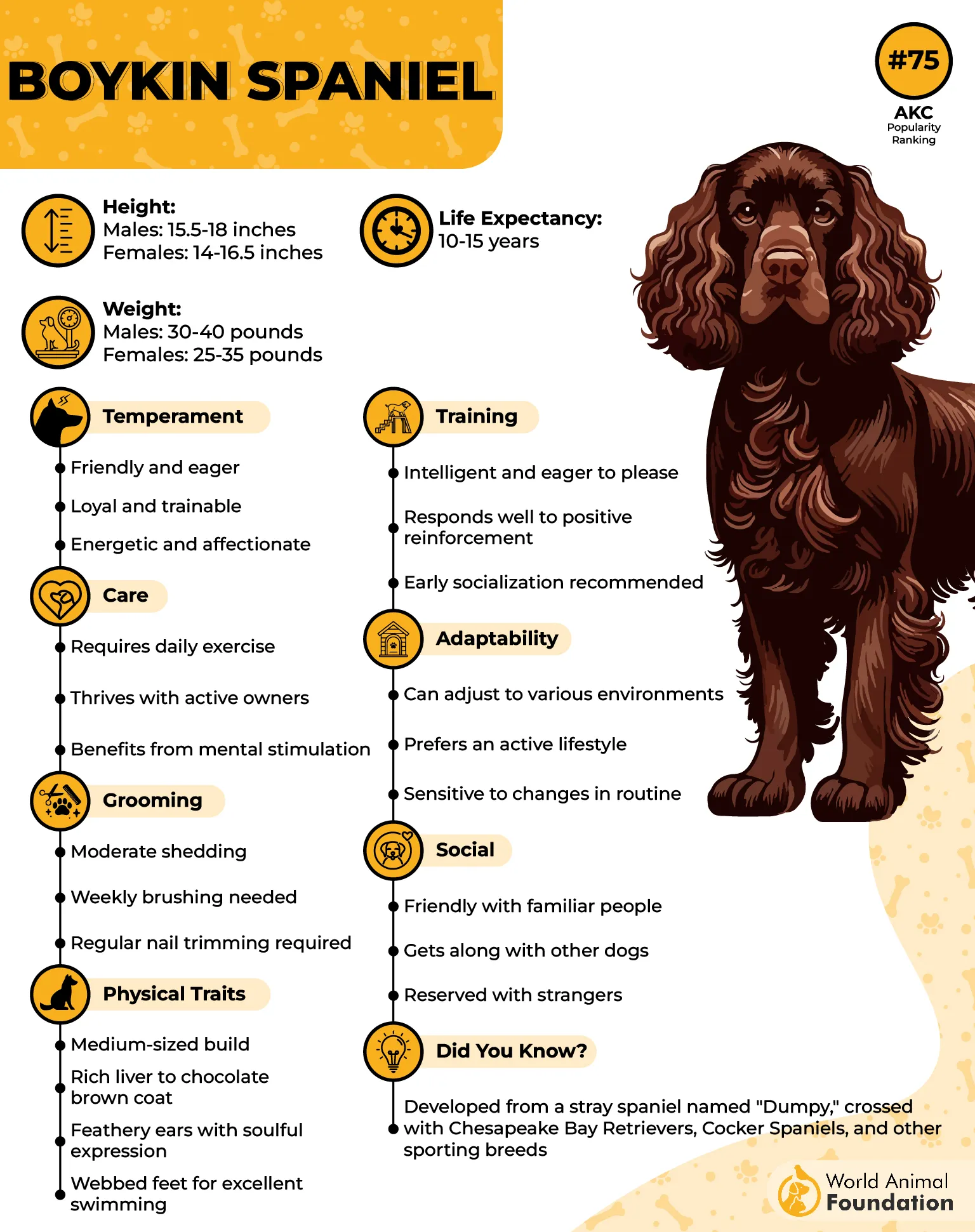
They are great flushers and retrievers, especially for swampy conditions. Their gentle and friendly nature doesn’t align with aggressive or protective behaviors. While alert to surroundings, Boykins focuses primarily on game rather than threats.
Boykins serve better as hunting specialists than security alerts compared to other breeds. Though primarily game retrievers, their keen senses still provide hunters with situational awareness. Their value lies in their use as retrievers rather than for predator detection.
6. Chesapeake Bay Retriever
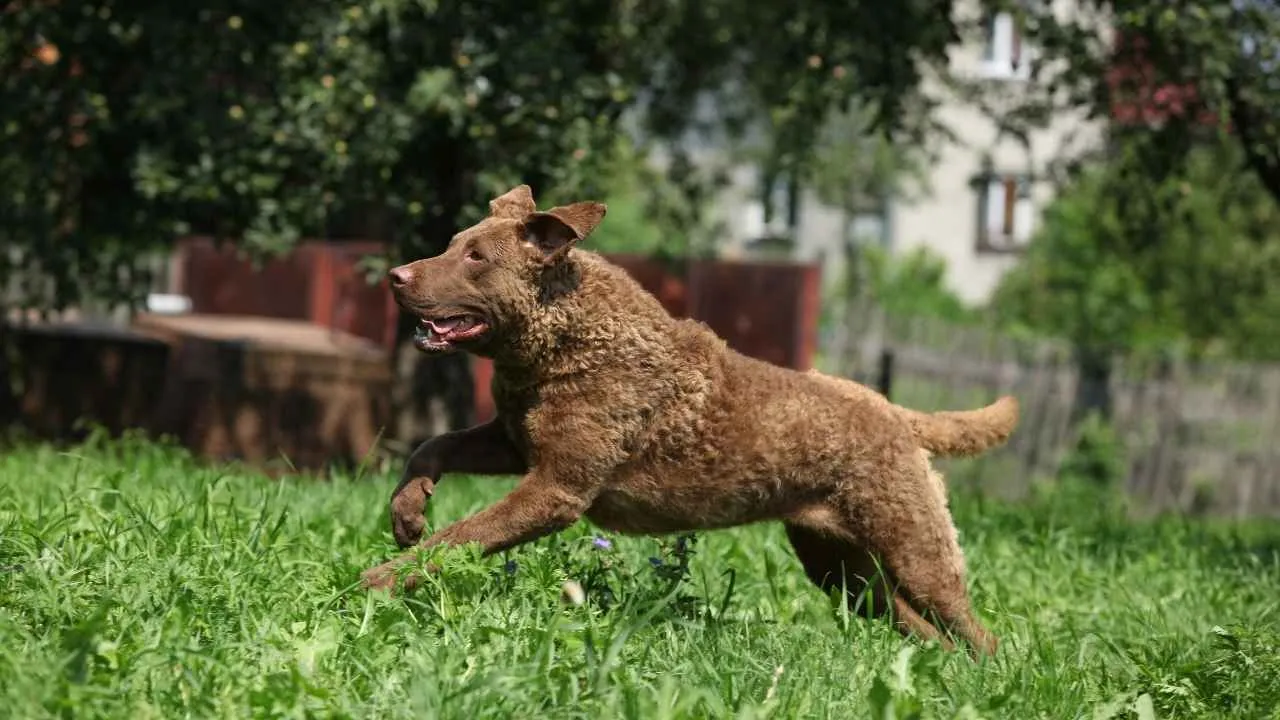
Chessies, deemed as peerless bird dogs by AKC, handle brutal Atlantic coastal conditions that would defeat other sporting breeds. These powerful dogs possess strong will and are fiercely loyal companions, specifically bred by hunters who needed retrieving skills and hunting instincts.
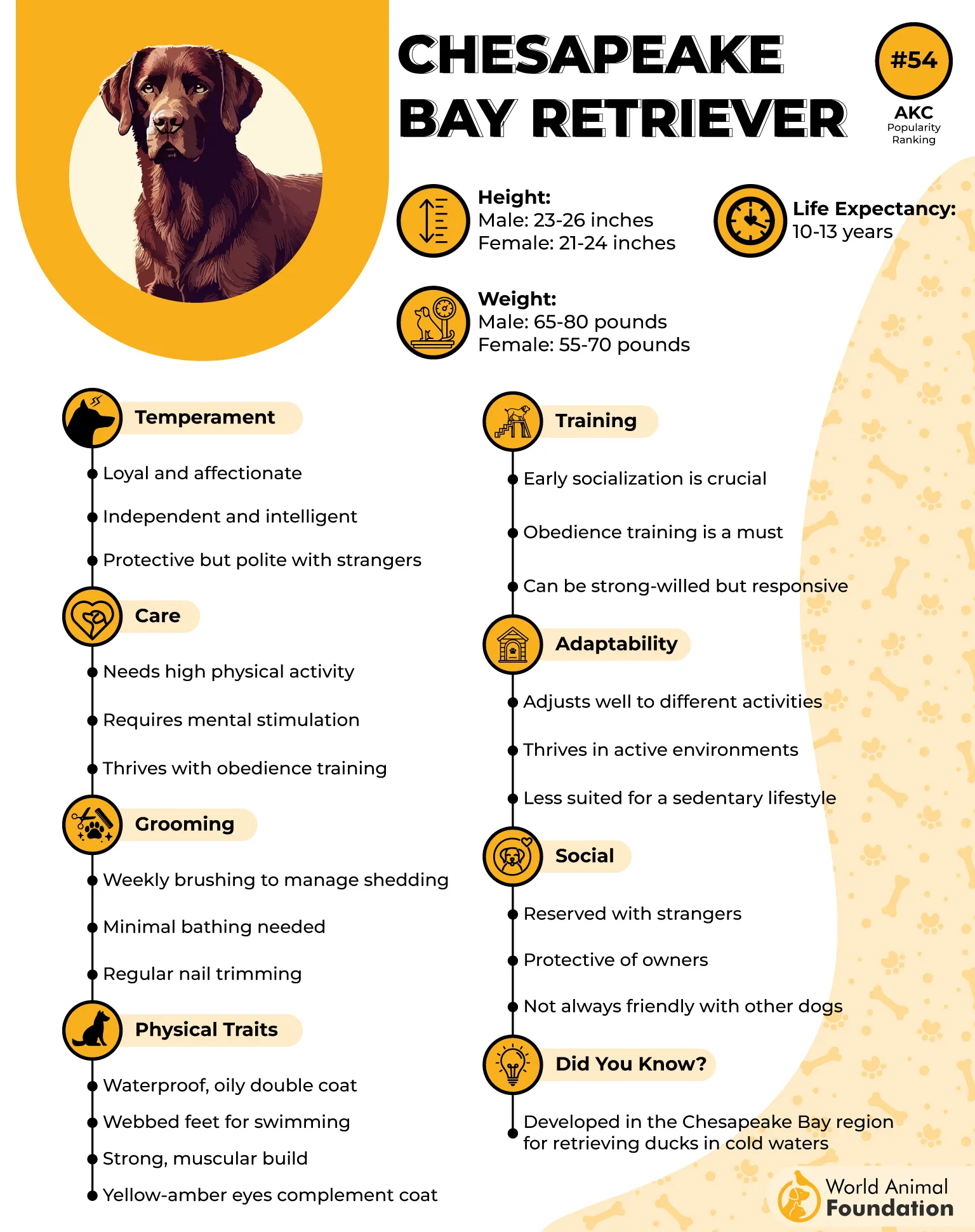
Their protective heritage means Chessies naturally guard their hunters and equipment, making them one of the best guard dogs.
This instinct extends to alerting about threats through growls or changes in their typically stoic behavior. While specific predator encounter data remains limited, their guardian nature suggests reliable threat detection.
A Chessie’s protective drive runs deeper than that of other dogs, as these were bred to defend valuable hunting assets and retrieve game.
7. German Shorthaired Pointer
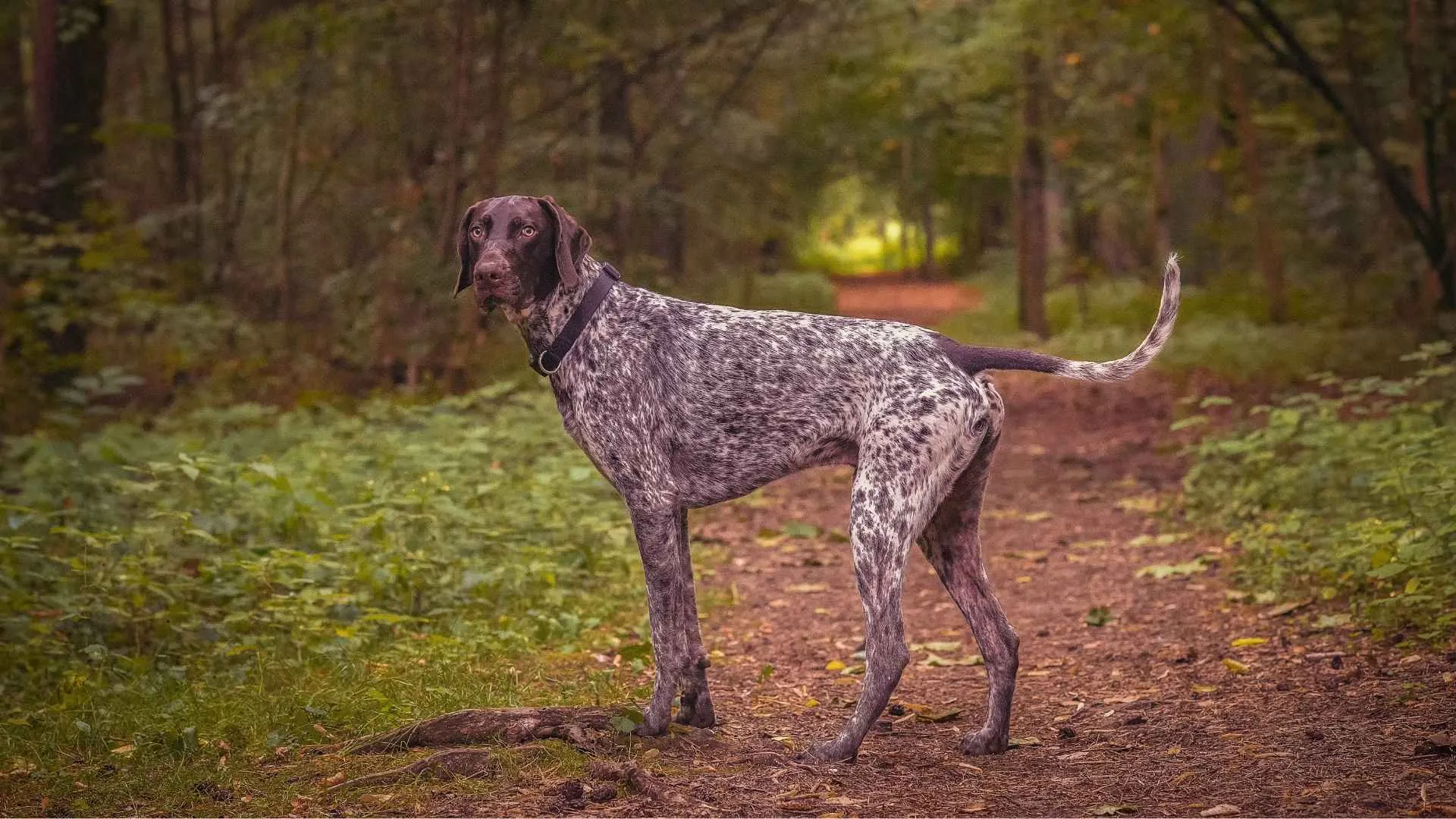
GSP, born with an amazing nose, is one of the most versatile bird dog breeds. They point, retrieve, and track across varied terrain with intelligence and high energy. Some regions even use them for tracking large game.
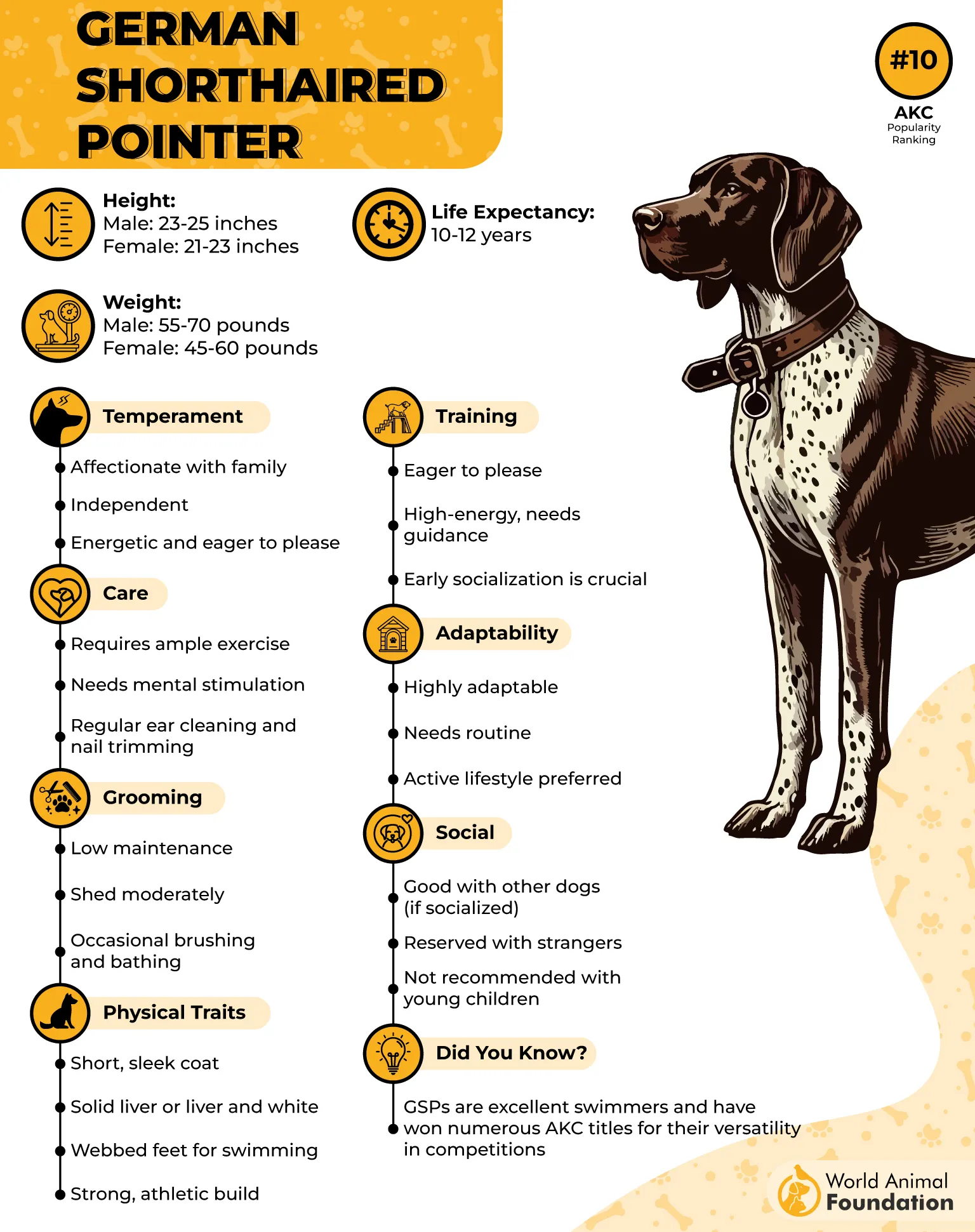
They are ideal for hunting all-around birds and small game, such as rabbits. Their environmental attunement means GSPs bark when locating small animals, whether game or threats.
Strong hunting instincts and keen senses make them likely to alert hunters about large or unusual predators through barking or changes in pointing behavior.
A GSP’s high prey drive and vocal tendencies work in your favor for threat awareness, though their alerts might initially seem general rather than specific.
Conclusion
There is more to selecting the right hunting dog breed than selecting a name on this list. You must align natural instincts, hunting style, and trainability to the hunting terrain and prey you are after.
The seven hunting dog breeds listed above are always ready to show the qualities that hunters appreciate the most: acute senses, effective communication, and readiness to warn you about the presence of something bigger than a rabbit that begins to observe your location.
Your training plan must be practical. Communicate with your dog and don’t expect them to do the impossible. When properly trained, your hunting dog should not only be capable of finding game but also defend you from other large predators.
Ultimately, it is crucial to remember that most hunting dogs require ongoing training and mental stimulation. Daily training, repetition of commands, and rewarding will establish the teamwork you need to have a safe and successful hunting experience.


